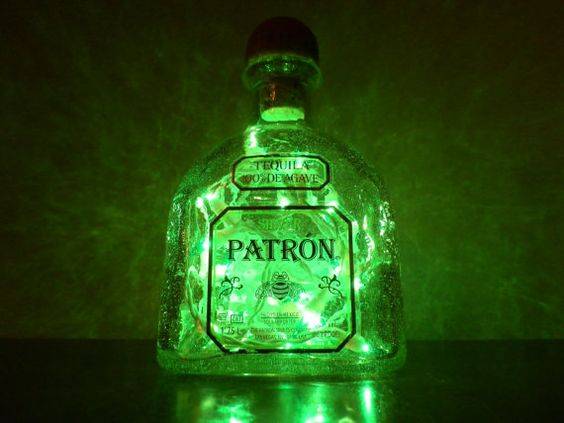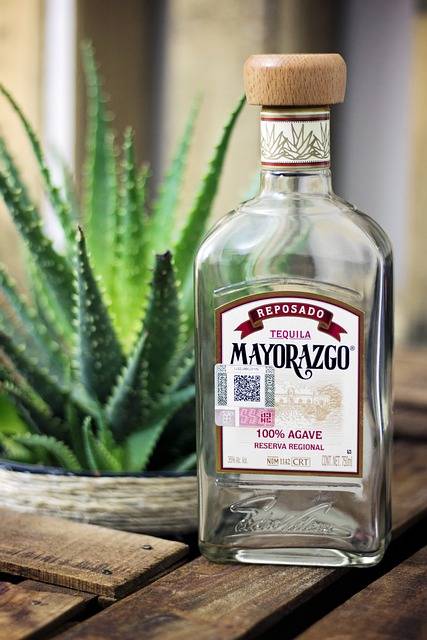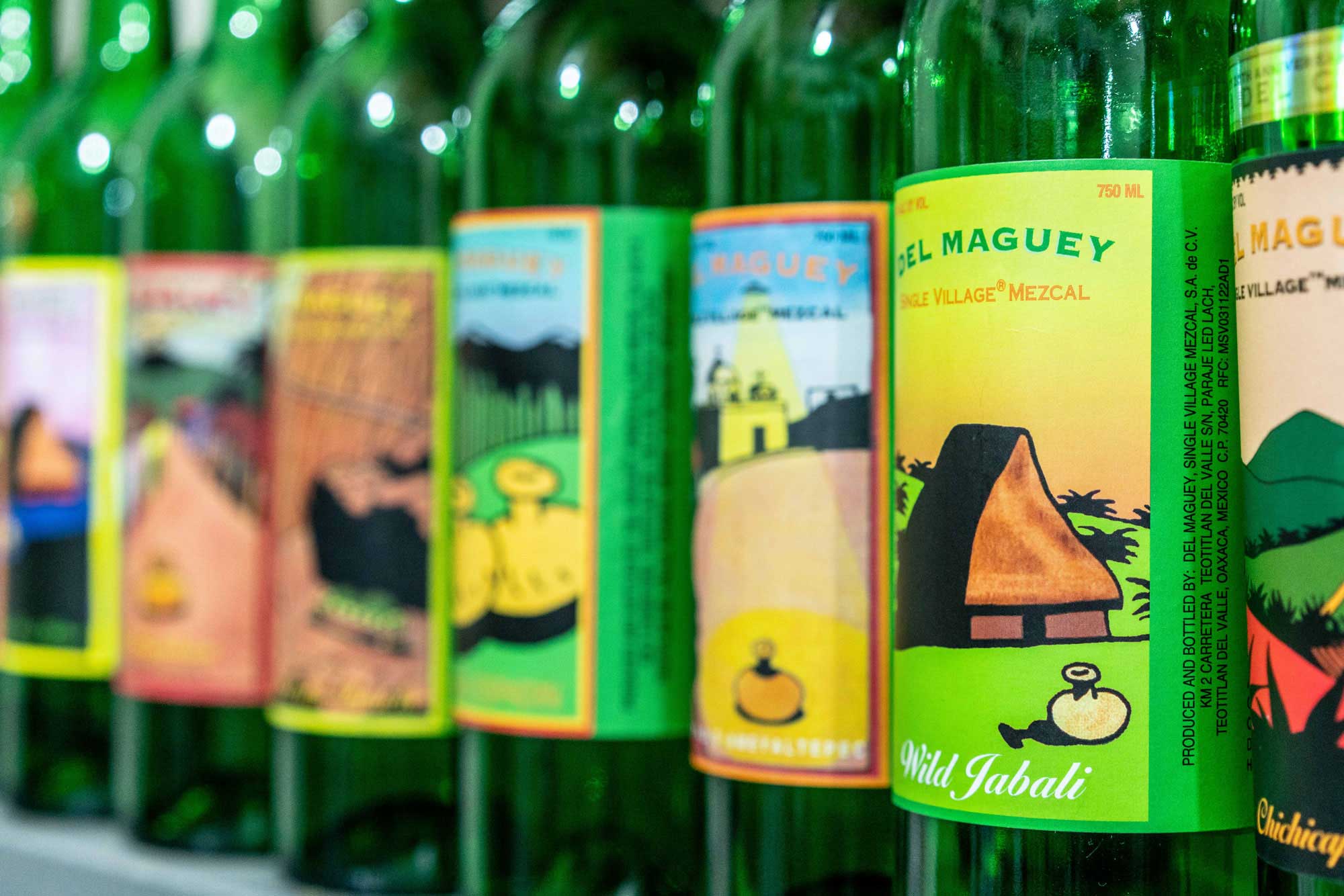Tequila Green Bottle

It is indeed good in all aspects. I’m sure you adore tequila and everything about it: the color, the flavor, the aroma, and, most importantly, the bottle. The green tequila bottle is among the most distinctive and scarce bottles available. Tequila is unrivaled! However, not all tequila bottle designs are the same. In this example, some bottles are small, some are large, and some are green.
The three most common green tequila bottles are La Gritona Reposado Tequila, Fubar Silver Tequila, and Chichicapa Mezcal. You’ve probably been pondering this for years but have been too terrified to ask. Instead, you take the nearest bottle and hope for the best. But you no longer have to repeat this error. In this essay, I’ll go by which green bottles of tequila one should seek out.
La Garitona Resposado Tequila
Melly Cardenas creates this one-of-a-kind tequila in her little distillery in the Jalisco mountains of Valle De Guadalupe. It is prepared with mature agave harvested at the pinnacle of its sugar production. It is spontaneously fermented, twice distilled, and then aged in repurposed American whiskey barrels for eight months. Melly uses agave aged 9 and 10 years to distill La Gritona, and each of her pinas must come from the iron-rich red soil of the Jalisco mountains.
It is baked within 24 hours of being cut, rests for 24 hours before crushing, and is cooked in earthen ovens for 24 hours. They mildly char barrels as needed, allowing them to be used for other rested tequilas before their resting time. As it ages, this reduces the amount of residual oak, whisky, and leached color in the tequila. Copper stills and Thomas stills are not used at the distillery. After cooking, the agave is crushed with steel shredders, and the liquid is distilled in steel stills.
Every manufacturing stage takes place under one roof, and the distillation plant is supervised by a staff of local women who work on each procedure from start to finish. The bottles are manually blown from recycled glass in Guadalajara, an hour away from the distillery, giving this bottle its characteristic green tint. La Gritona is not overly sweet and keeps the smell and pure essence of the plant from which it was distilled.
Despite being aged in oak for eight months, the flavor is herbaceous, with agave notes that haven’t been “whiskified” by the barreling procedure. It’s a very vegetative tequila with no wood, pepper, or vanilla notes that you’d find in a typical highland reposado. It has the pleasant qualities of a decent silver tequila while revealing subtle hints of Melly’s meticulous aging procedure. The overall flavor is balanced and free of burn. Melly recommends drinking without ice, lime, salt, or a mixer.
R Silver Tequila
FUBAR Tequila was founded by George Harris & Commander Richard Marcinko, a former Navy SEAL Officer in Charge and Vietnam War veteran. FUBAR is produced at Integradora San Agustin in Tototalan, Jalisco’s highlands (Los Altos). FUBAR is a military word that simply implies you were at the wrong spot at the wrong time, and as a result, you were unlucky in battle or felt the consequences.
As a result, you’ve become FUBAR (fucked up beyond recognition). This slogan first emerged during WWII and inspired the company’s bottle design. The bottle is disguised in green to match the company’s war-themed idea and moniker. FUBAR Silver Tequila is powerful and tempting, with delicious flavors of citrus fruits, melon, and exotic sautéed oranges, complemented with a trace of relaxing cucumber and mint.
This Silver Tequila is among the best agave representations, with a fluid, smooth, subtle, and sweet palate. It has distinct lemon, wildflower, and herb flavors. This premium tequila is packed with spices and diverse flavors, making it great for sipping, blending, or the classic shot. FUBAR is a superb tequila with a sweet and fruity flavor profile, aside from its green tequila bottle.
It’s a light, flavorful, and pleasant tequila to sip. However, it is daring, strong, and multi-flavored, with each tequila having a clean finish. Even though the name is FUBAR, the flavor is so distinct and exquisite that if you consume large amounts, you will be the only person to whom this moniker will apply.
El Padrino Tequila

The name “El Padrino” dates back four generations to the small village of Santa Inez in the Mexican state of Michoacan, which once had around 300 residents, most of whom were all family-connected. One of the well-known inhabitants was ranch owner Pedro Barragán, called “El Padrino” for his caring and protective behavior towards the poor populations, who was known for frequently providing a quart of rice, beans, and flour to the needy to guarantee they had something to eat. The term stuck with him for the rest of his life, marking the start of his legend. Celia Maestri Villanueva, Pedro Barragan’s granddaughter, distills and bottles El Padrino De Mi Tierra Tequila at her distillery Casa Maestri in Tequila, Jalisco, Mexico, which is notable for having a most awarded tequila distillery in the entirety of Mexico.
El Padrino Tequila Taste
Overall, El Padrino is an excellent tequila. It’s not the most distinctive or delicious tequila, and it’s bare, but it’s still good. The finish is the most noticeable feature. The scent and taste are light to mild, with nothing objectionable or out of the ordinary. Peppery notes dominate the end. If you dislike pepper, you might not enjoy El Padrino Tequila.
El Padrino Price
We may chat all day about this flavor, fragrance, depth, etc., but none of it matters if it’s out of your price range. El Padrino Tequila is cheaper than the other tequila we usually drink. The price range below is typical; however, it may differ depending on region and store.
Del Maguey Chichicapa Mezcal
In 1995, Ron Cooper, a world-renowned artist and mezcal pioneer established Del Maguey, Single Village Mezcal. Ron made available a previously inaccessible, 100% certified organic, artisanal Mezcal.
Del Maguey captures traditional, organic methods through cultural solid connections with Zapotec Mexican Indian producers in Oaxaca, Mexico’s rural villages. Combining these procedures with various microclimates and soil properties gives each product a rich, sweet, and smokey flavor.
Family manufacturers make each item in their assortment in traditional villages. Del Maguey was among the first producers to name each product after the town where three liquids were made. Because most of Del Maguey’s mezcals are boiled to proof, the ABV may vary significantly from batch to batch. The lovely green bottles of Del Maguey are easily recognized.
Del Maguey’s Mezcal, named after the village of Chichicapa, has a delicate nose but a rich and sweet palate featuring lots of citruses and a multifaceted personality. It has a long finish with a cloud of smoke that builds at the end with a flavor of cocoa and mint.
Chichicapa is a dry and tropical environment home to banana plants, guava trees, and mangoes, depending on the season. Del Maguey’s Chichicapa, on the other hand, is categorized as a Mezcal, not a tequila. Even though Mezcal is gaining ground on tequila in most American bars, all Mexican spirits are made from agave, but that is where the similarities end.
Difference Between Mezcal and Tequila
Tequila is a type of mezcal, much as scotch & bourbon are types of whisky. Mezcal is any agave-based alcoholic beverage. Tequila, for example, can only be created in specific locations of Mexico and must be made from agave, whereas mezcal can be made from thirty different agave plants. Despite some physical overlap, tequila and mezcal are primarily manufactured in separate regions of Mexico. Tequila is produced in five distinct regions:
- Mchoacán
- Guanajuato
- Nayarit
- Tamaulipas
Mezcal, on the other hand, is produced in 9 distinct regions of Mexico, accounting for more than 85 percent of total mezcal production:
- Tamaulipas
- Zacatecas
- Michoacán
- Durango
- Guanajuato
- Puebla
- Oaxaca
- Guerrero
- San Luis Potosi
While tequila and Mezcal are distilled from the harvested core of the agave plant, known as the pina, the similarities in the manufacturing process end there, tequila is typically created by first heating the agave in factory furnaces and then distilling it twice in copper pots. On the other hand, Mezcal is distilled in clay pots after being burned in earthen pits filled with lava rocks, charcoal, and wood.
Although some large mezcal producers have adopted a more radical approach, artisan producers favor a more traditional style. The artisanal approach is responsible for the smokiness associated with Mezcal.
The flavor of Mezcal varies depending on the type of agave used and the region in which it is grown. It has a similar herby vegetal flavor to tequila and is often glossy and smokey. The selected agave’s pina is roasted in firepits before fermentation, providing Mezcal with significantly more taste than its much more well-known Mexican relative.
Tequila Green Bottle – Summary
There are three separate green tequila bottles: La Gritona Reposado Tequila, FUBAR Silver Tequila, and Del Maguey’s Chichicapa Mezcal (not exactly tequila but a cousin). It’s difficult to tell the difference between tequila and mezcal. Tequila is undoubtedly the most well-known brand globally, although it only comes from a specific part of Mexico. Whether you’re an expert or just starting in the world of tequila, I hope you found these facts valuable and exciting.






Wao